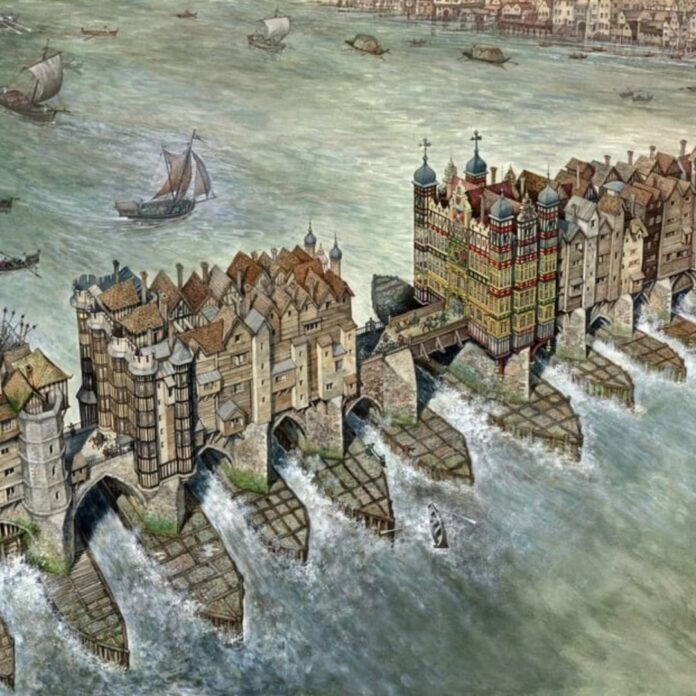A Bridge Beyond Ordinary
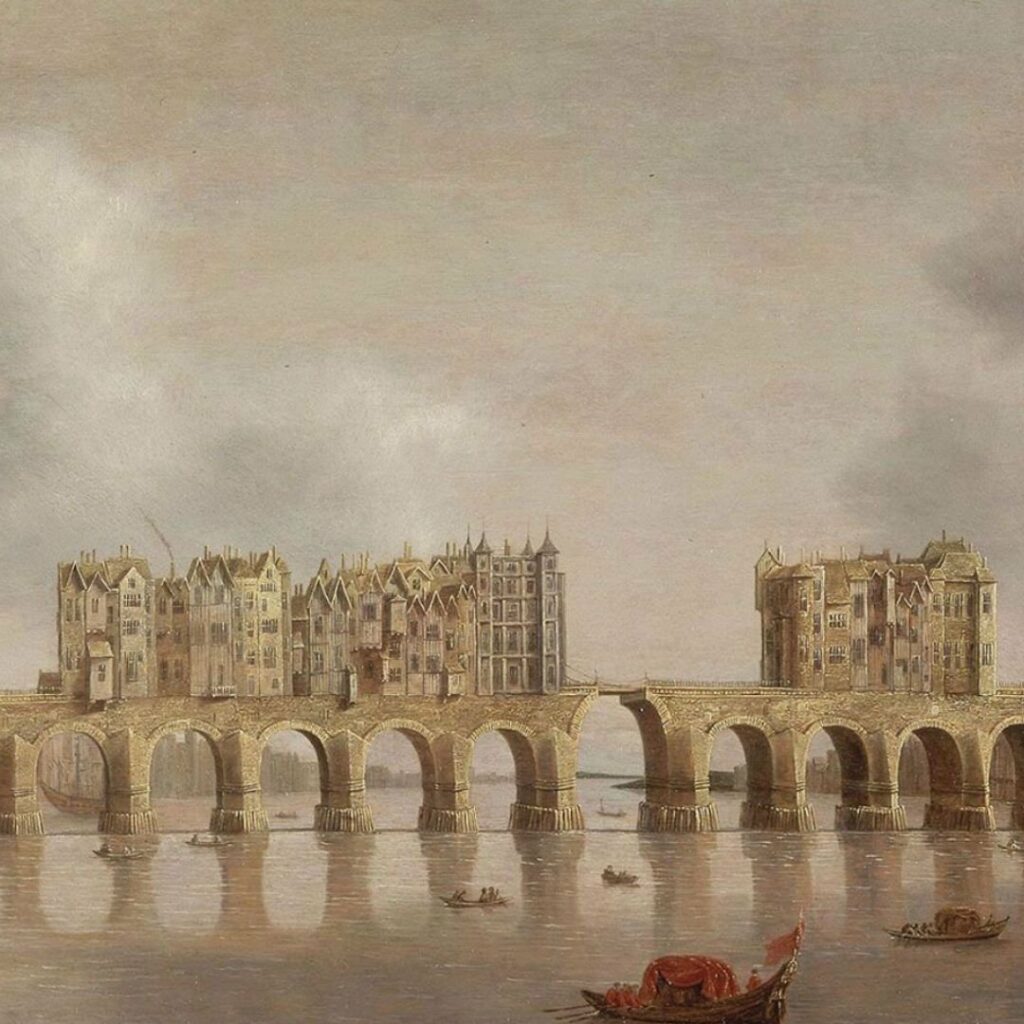
Old London Bridge was more than just a river crossing—it was a living, breathing marvel of medieval engineering that transformed the landscape of London for over six centuries. Constructed in 1176 by Peter the Bridge Master, this extraordinary structure was not merely a pathway but an entire community suspended above the River Thames.
Architectural Wonder of Its Time
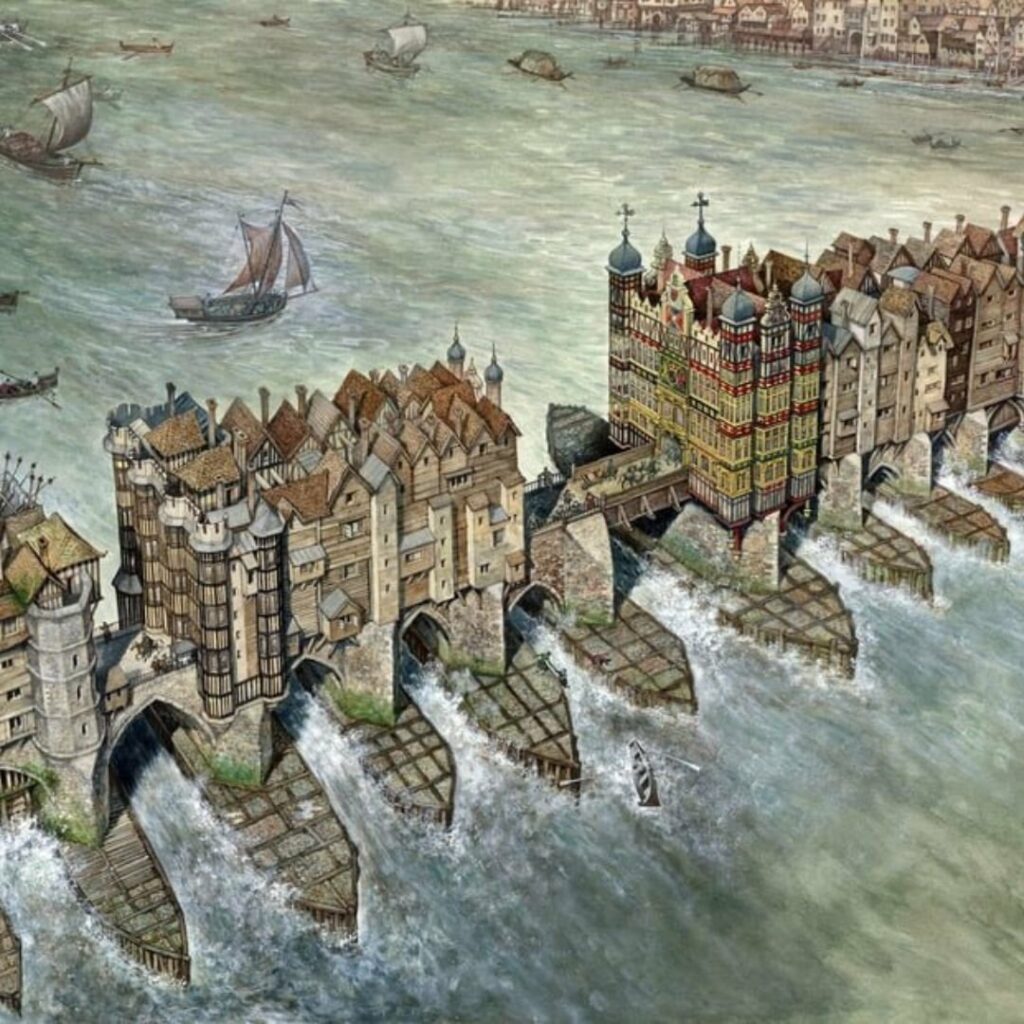
Stretching 926 feet with 19 pointed arches, the bridge was a remarkable feat of 12th-century construction. Its foundations were ingeniously built by driving wooden stakes into the riverbed and filling them with rubble. What made this bridge truly unique was its unusual design: it was lined with shops, houses, and even churches from the very beginning.
Life on the Bridge
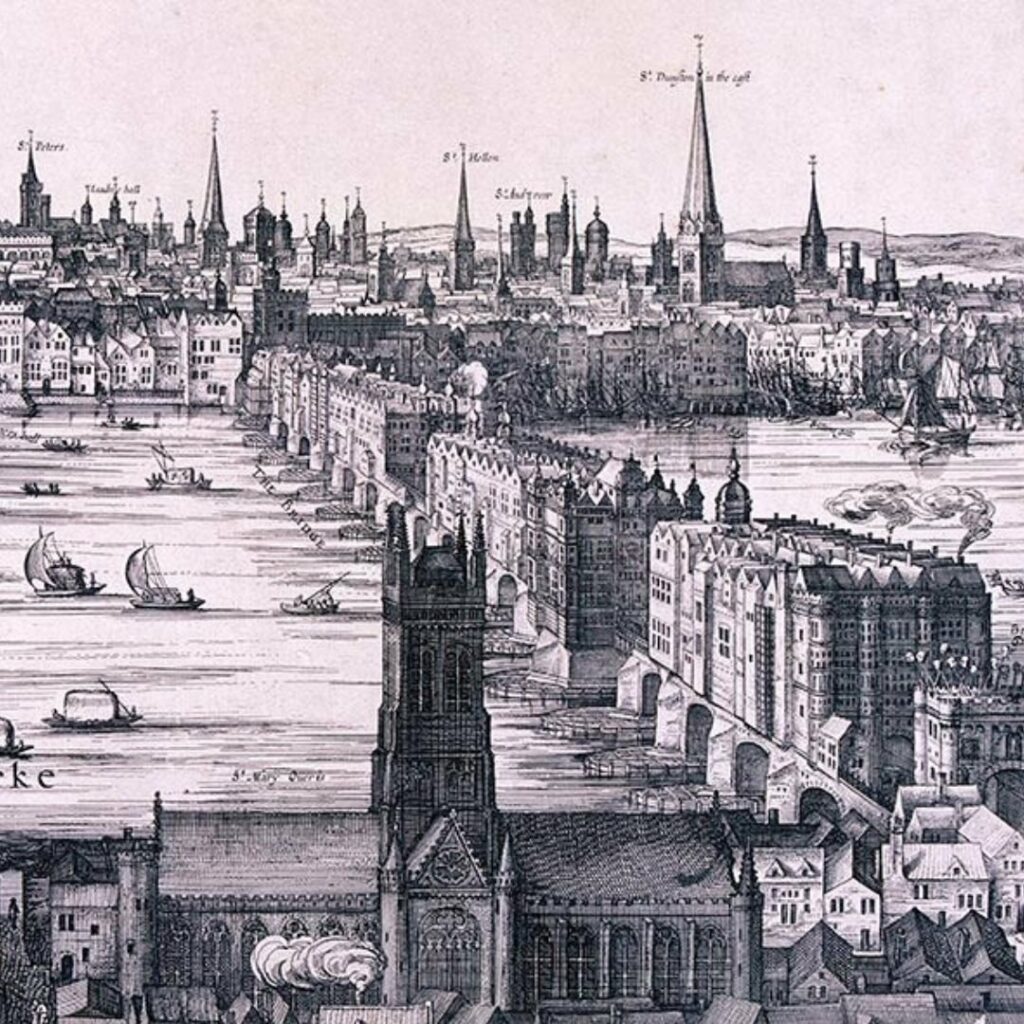
At its peak in the 14th century, the bridge housed approximately 140 properties, with most dwellings eventually expanding to four or five storeys. Prestigious trades flourished here, including haberdashers, glovers, cutlers, and arrow makers. The bridge wasn’t just a commercial hub but also a strategic defensive structure, featuring a drawbridge that could be raised during attacks.
Notable Features
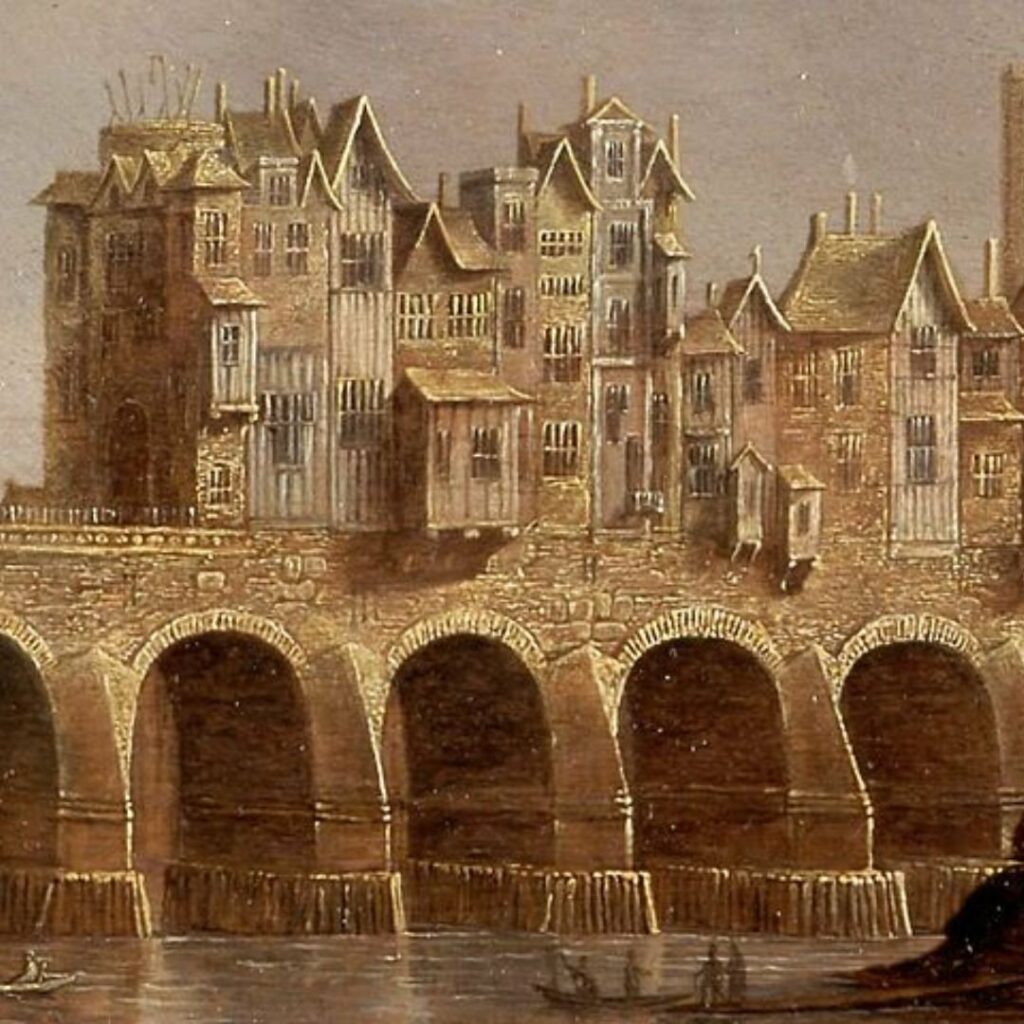
The bridge boasted three major buildings:
- A chapel (later converted to a house after the Reformation)
- A drawbridge tower
- A stone gate that eventually became infamous for displaying traitors’ heads
Surviving Major Challenges

Remarkably, the bridge survived the Great Fire of London in 1666, which destroyed 13,200 houses and 87 parish churches. A previous smaller fire had created a natural firebreak that saved most of the structure.
The Bridge’s Decline
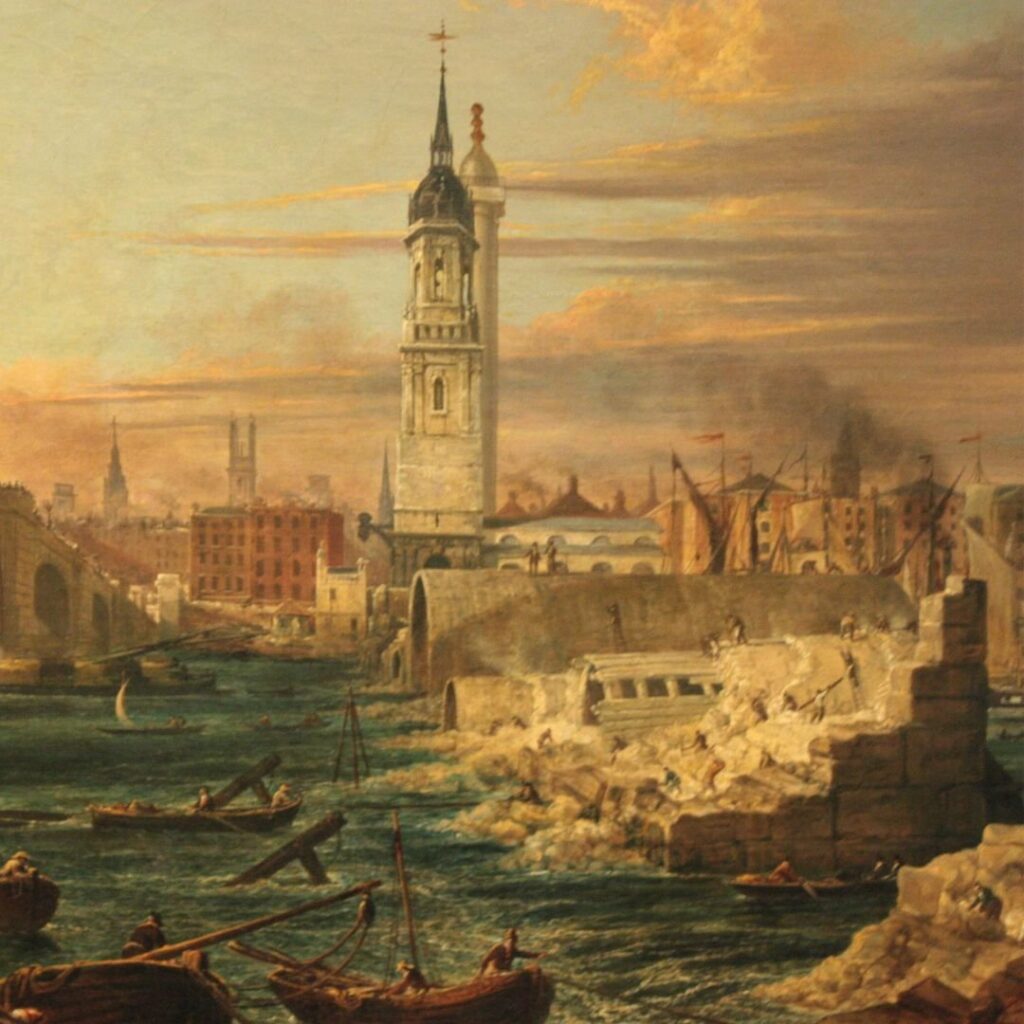
By the early 18th century, the medieval bridge was considered outdated. Its narrow arches restricted river traffic and caused frequent freezing during cold winters. In 1824, construction began on a new London Bridge, which was completed in 1831.
Legacy and Artistic Inspiration
The bridge captured the imagination of artists like Claude de Jongh, who painted it in 1630, and later JMW Turner in 1794. These artworks have preserved the bridge’s memory for generations.
Modern Day
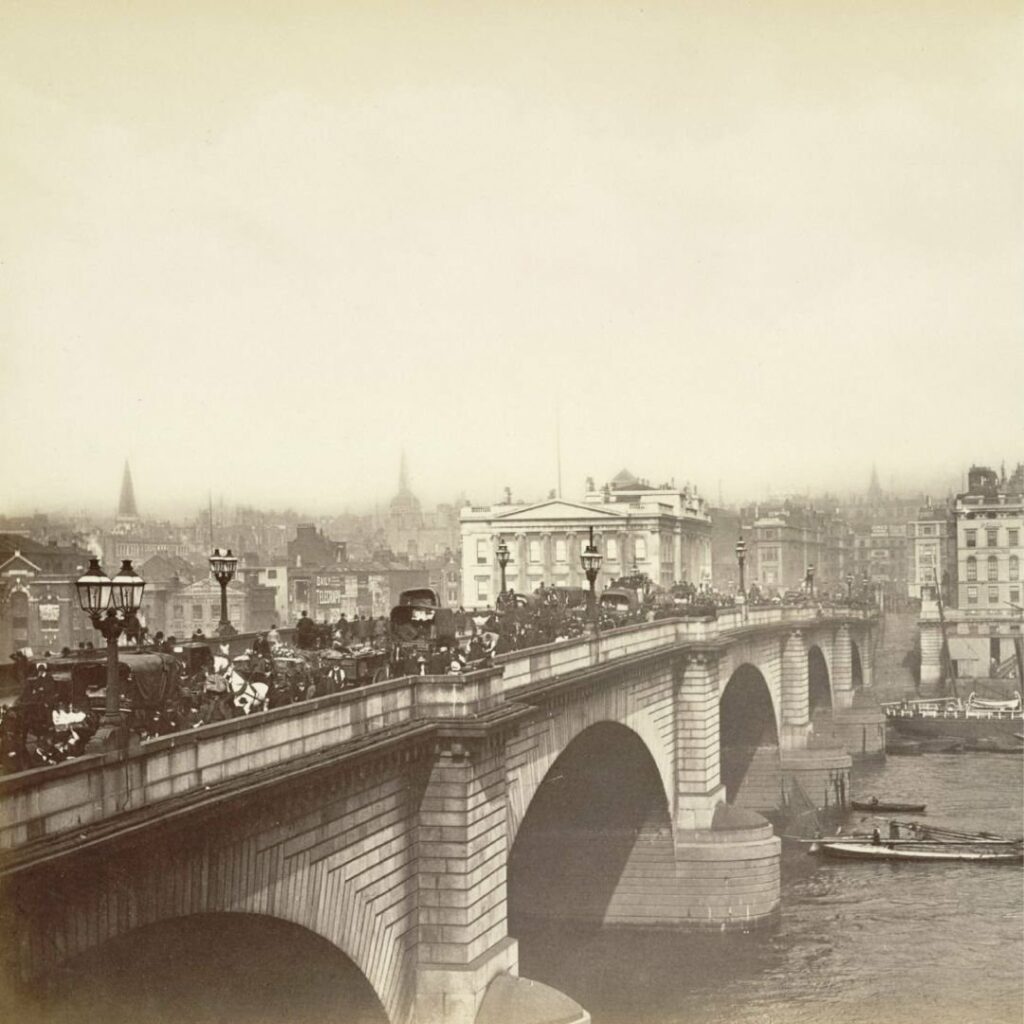
Today, a modern bridge stands at the same location, owned by Bridge House Estates, a charity overseen by the City of London Corporation. It continues to be a testament to London’s rich architectural and historical heritage.
Fascinating Facts
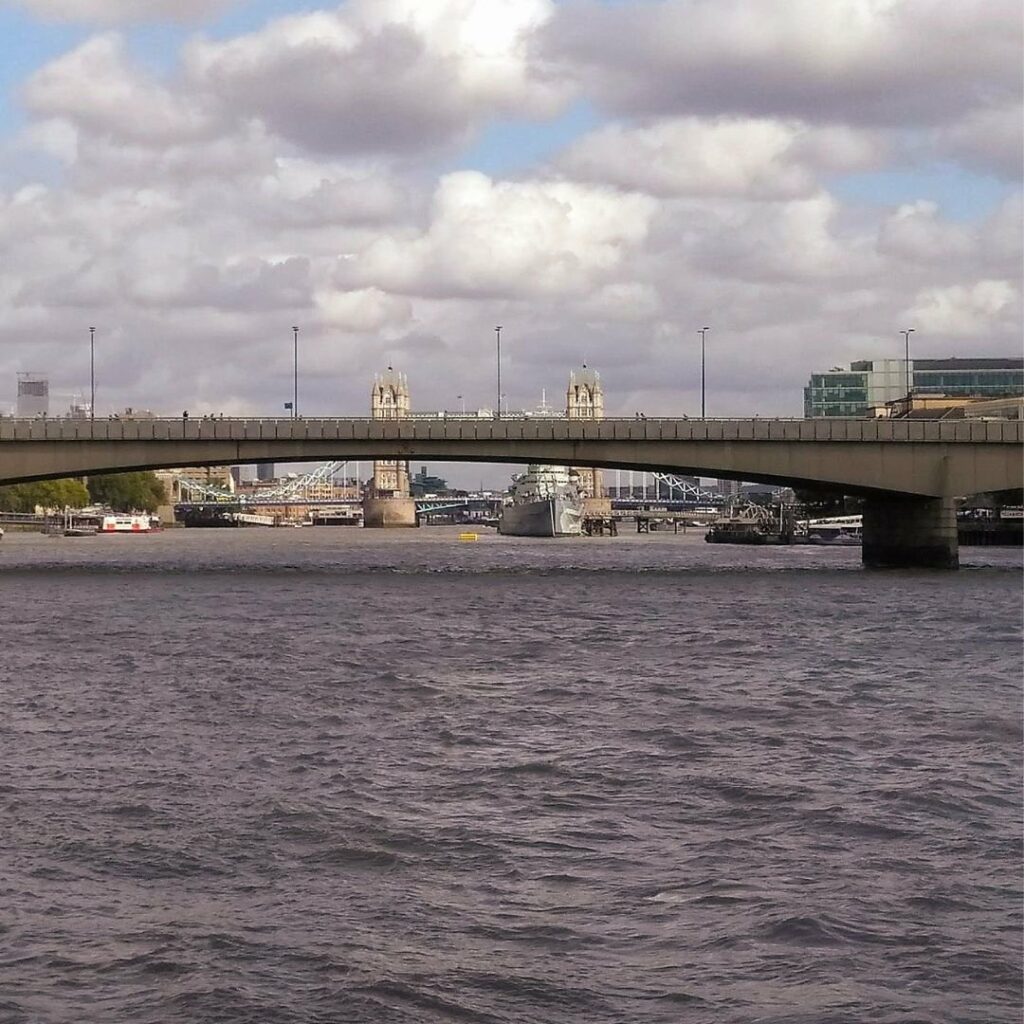
- At its busiest in 1896, 8,000 pedestrians and 900 vehicles crossed hourly
- The bridge was gradually sinking, with the east side eventually sitting 3-4 inches lower than the west
- The current bridge was opened by Queen Elizabeth II on 16 March 1973
Old London Bridge represents more than just a historical structure—it’s a symbol of London’s resilience, innovation, and continuous transformation.
